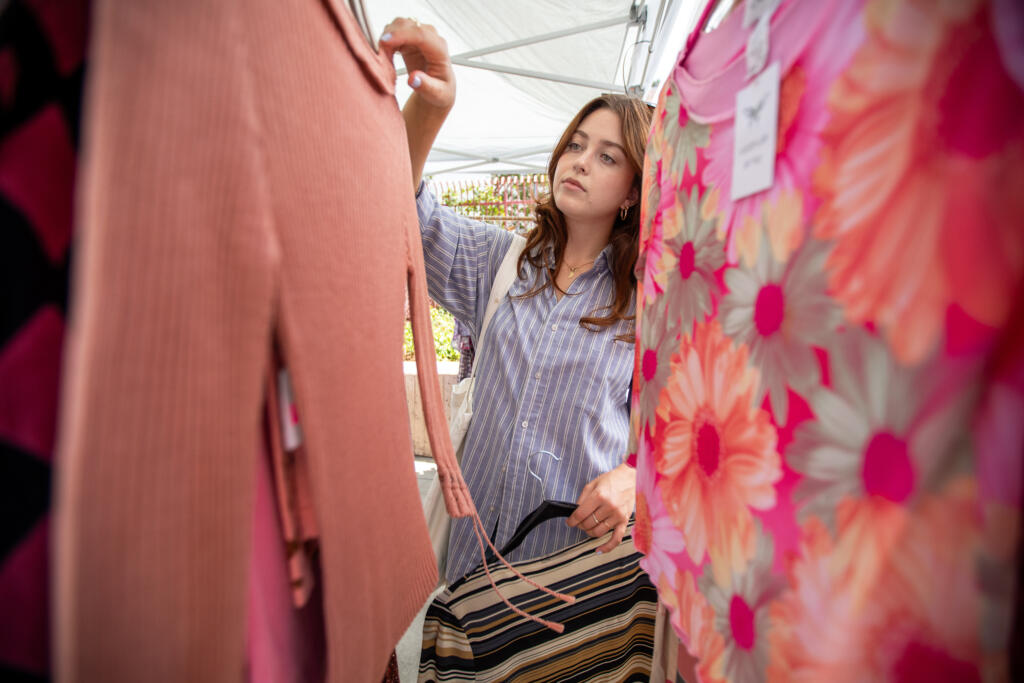Before Lindsey Rempalski buys a new dress, she often tries to sell an old one.
Most of the time, the process requires just a few minutes and taps on her phone: She snaps several photos of the clothing item, names her price and lists it on Depop, one of her digital resale platforms of choice.
Rempalski, 26, a content creator who lives in Los Angeles, proudly says that the items in her closet are “always in circulation,” both to maximize space in her apartment’s small closet and to rotate new garments into the mix without feeling like she’s contributing to the fashion waste cycle.
Plus, running a mini-business reselling your own clothing, she says, makes buying new items almost feel free. If you have the good stuff, that is.



